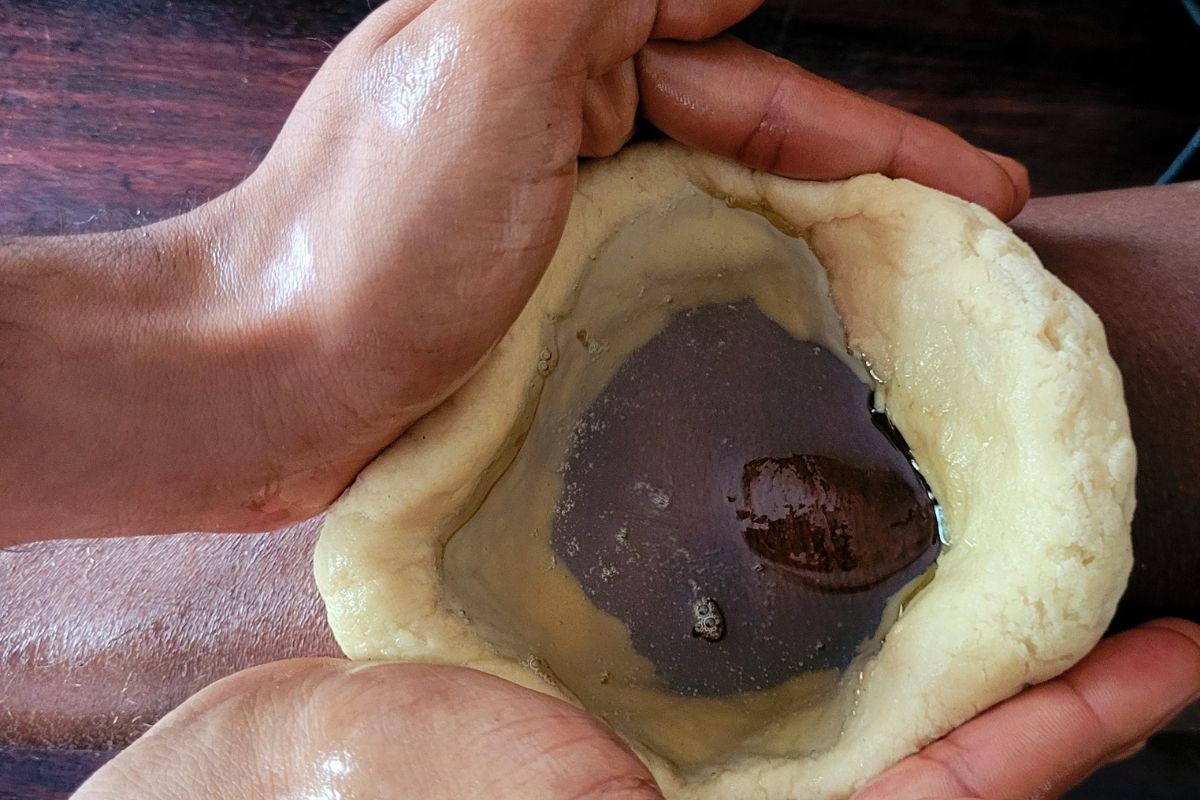Home > Specialised Care > Arthritis > Sandhigata Vata
Sandhigata Vata (Osteoarthritis)
Osteoarthritis (OA) is a type of degenerative joint disease that results from breakdown of joint cartilage and underlying bone. Osteoarthritis is the most common form of arthritis, affecting about 237 million people, or 3.3% of the world’s population.The most common symptoms are joint pain and stiffness.

Overview
The most affected joints are the weight bearing joints like knees, Usually the symptoms progress slowly over years. Initially they may occur only after physical strain but can become constant over time. Other symptoms may include joint swelling, decreased range of motion, and, when the back is affected, weakness or numbness of the arms and legs.
In Ayurveda, Sandhigata vata is a vata dominant disorder manifesting in the joints or sandhis. Due to the vata dominant nature of disease and the jeerna or the aged state of dhatus(tissues) this disease can be assumed to affect the elderly population the most.
The sandhigata vatam is also called as Koshtuka sheersham when it is manifested with severe swelling and immobility.
Symptoms
Common symptoms of sandhigata vata/osteoarthritis are:
- Pain in one or more joints
- Pain aggravation on movements and relief on rest.
- Swelling in and around joints
- Reduced range of movements of affected joints.
Risk Factors
- Age: is the main risk factor for sandhigata vata/osteoarthritis. As age advances, chances of getting degeneration is higher.
- Excess physical activity
- Previous Injuries
- Family history
Types
- Bahya hetuja – Sandhigata vata as a result of an external cause, like injuries, persistent strain on knees or even sporting activities.
- Abhyantara hetuja – Sandhigata vata as a result of internal causes like degeneration as a result of old age or from inflammatory disorders like rheumatoid arthris.
Investigations
The following investigations can be done to confirm diagnosis or to know progress of the disease:
- X-ray of the affected joint
- MRI Scan of affected joints.
Causes
By understanding the causative factor we can make preventive measures for sandhigata vata/osteoarthritis before occurrence of the disease:
- Ativyayama (excessive exercise)
- Ativyavaya (excessive sexual activity)
- Ati adhyayana (excessive study)
- Langhana (excessive or improper fasting or dieting)
- Plavana (swimming)
- Pratarana (falling)
- Ratrijagarana (staying up at night)
- Taking of katu(pungent), tikta (bitter), kasaya (astringent), ruksha (dry), seeta virya (cold potency) foods
- Excess intake of foods like suska shaka (dry vegetables), vallura (dry meat), mudga (gram), masura (lentil) etc.
- Food habits like anashana (starvation), adhyasana (taking meal before the digestion of previous food) etc.
- Vegadharana (suppression of urges) like vata (flatus), mutra (urine), purisha (faeces), sukra (semen), charrdi (vomiting), kshavathu (sneezing), udgara (belching), waspa (tears), etc.
Diagnosis & Treatment
When you consult an Ayurveda physician with symptoms of arthritis, they will examine your case in detail. They will inquire about any risk factors in your life and will take a stock of your life to know if you have been knowingly or unknowingly doing any of the causative factors. They will also examine your affected joint to understand more about the degree of progress of arthritis before coming to a decision about the management.
Ayurvedic Approach to the management of Osteoarthritis is holistic, consisting of diet modifications, lifestyle changes, stress management, herbal medication and Ayurvedic therapies, Yoga asanas, pranayama and meditation. All of these together can help the body get back to a state of balance. The approach is effective in a majority of patients.

Medicines for Ayurveda: Ayurveda has a rich tradition of plant pharmacotherapy with a great variety of anti-arthritic plants believed to reduce inflammation, remove impurities, and balance the doshas that cause arthritis. In Ayurvedic treatment, the selection and dosage of medicines are specific to the patient and will depend on which of the three doshas are out of balance.
Ayurveda Therapies: Panchakarma: The traditional treatment system to balance doshas involves five therapies: therapeutic vomiting (Vamana), therapeutic purgation (Viechana), medicated enema (vasthi), nasal administration of medicines(nasya), and blood purification(rakta mokshana). If the patient is strong enough to undergo such treatments, they can undergo the ones that are most suitable for them.
Ayurvedic treatment for arthritis is much more than panchakarma. It also includes herbal medicines, medicated oil therapies, and analgesic pastes.
Oil therapies are known to increase the mobility of the joints, relieve muscular spasm, and push accumulated toxins into the large intestine, ready for elimination. Oil therapies like abhyangam oleates the body, whereas others like pizhichil, potalis or kizhis combine both oleation and sudation techniques to improve mobility and flexibility of joint, reduce pain and inflammation, and improve the day today life of the patient. Lepam or analgesic pastes are used to reduce pain, swelling and inflammation at the site.
Special therapies for Sandhigata vata includes:
- Sthanika vasthis (oil pooling at affected areas) like Janu (knee) vasti.
- Pichu (putting oil soaked cotton) at affected areas.
- Dhara (pouring warm oil) on affected areas.
- Rasayana : Rejuvenative medicines to enhance healing and to stop further degeneration.
Diet : A light vegetarian diet is recommended, with avoidance of foods known to increase vata, like gassy vegetables like potatoes, peas etc.
Lifestyle: Mild physical activities like slow walking and yoga is advised as the healing of the affected joints improve. Pranayama & meditation are advocated to improve calmness of mind and for better management of pain.Ayurveda offers a holistic, historically rooted, reportedly safe, alternative treatment for Arthritis.
At Saranya, we believe in the old school application of Ayurveda wisdom with a modern approach rooted in evidence based practise. The medicines and therapies are fixed only after individual consultation through listening, understanding the need and analyzing the root cause. We incorporate different diagnostic methodologies in identifying the root cause of pain and plan unique customized treatment strategies to eliminate the causes.
We believe in restoring the quality of life by relieving the hardships and pain of those who suffer from arthritis.
References: Ashtanga Hridaya, Charaka Samhita, Sushrutha Samhita.
